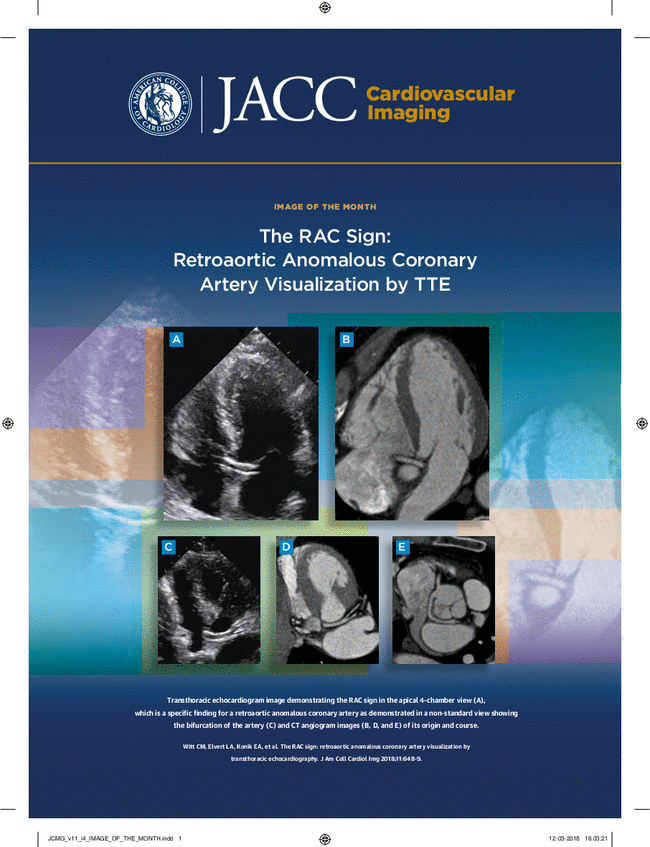Outcomes of Left Atrial Appendage Patency After Device Closure Detected by Cardiac CT: A Meta-Analysis.
IF 15.2
1区 医学
Q1 CARDIAC & CARDIOVASCULAR SYSTEMS
引用次数: 0
Abstract
BACKGROUND Residual leaks are common after left atrial appendage occlusion (LAAO). OBJECTIVES The authors aimed to systematically evaluate the prognostic implications of residual left atrial appendage (LAA) patency and peridevice leaks (PDLs) detected by cardiac computed tomography (CT) following LAAO. METHODS The authors used traditional meta-analytical methods and a Bayesian framework to assess the probability of increased risks associated with these residual leaks. RESULTS Seventeen studies encompassing 2,036 patients met the inclusion criteria. During follow-up, the presence of any LAA patency was significantly associated with an almost 2-fold increased OR of thromboembolism (pooled OR: 1.87, 95% CI: 1.08-3.24), corresponding to 28 (95% CI: 3-68) additional events per 1,000 patients. Although PDL showed a similar trend, it was not significantly associated with increased thromboembolism risk (pooled OR: 1.50, 95% CI: 0.85-2.65). For thromboembolism with LAA patency, under a noninformative prior, the mean logOR was 0.59 (95% credible interval [Crl]: 0.06-1.15), and translated median OR of 1.87 (95% CrI: 1.06-3.14) and a mean absolute risk difference (ARD) of 2.8% (95% CrI: 0.2%-6.8%). The posterior probability of ARD >0% was 98.5%. For any PDL, the mean logOR was 0.38 (95% CrI: -0.22 to 0.95), with a median OR of 1.53 (95% CrI: 0.80-2.59) and mean ARD of 1.9% (95% CrI: -0.7% to 5.4%). The posterior probability of ARD >0% was 89.8%. CONCLUSIONS LAA patency and PDL identified by CT may be associated with an increased risk of thromboembolism. These findings indicate that residual leaks detected by CT may be clinically significant and should not be regarded as benign.心脏CT检测器械关闭后左心耳通畅的结果:荟萃分析。
背景:左心耳闭塞(LAAO)后残留漏是常见的。目的系统评价左心耳残留(LAA)通畅和心脏计算机断层扫描(CT)检测左心耳周围装置泄漏(PDLs)对预后的影响。方法:作者使用传统的元分析方法和贝叶斯框架来评估与这些残留泄漏相关的风险增加的概率。结果17项研究共2036例患者符合纳入标准。在随访期间,任何LAA通畅的存在与血栓栓塞的OR增加近2倍显着相关(合并OR: 1.87, 95% CI: 1.08-3.24),对应于每1000名患者有28例(95% CI: 3-68)额外事件。尽管PDL表现出类似的趋势,但与血栓栓塞风险增加没有显著相关(合并OR: 1.50, 95% CI: 0.85-2.65)。对于LAA通畅的血栓栓塞,在非信息先验条件下,平均logOR为0.59(95%可信区间[Crl]: 0.06-1.15),翻译中位OR为1.87 (95% CrI: 1.06-3.14),平均绝对风险差(ARD)为2.8% (95% CrI: 0.2 -6.8%)。后验概率为98.5%。对于任何PDL,平均logOR为0.38 (95% CrI: -0.22至0.95),中位OR为1.53 (95% CrI: 0.80-2.59),平均ARD为1.9% (95% CrI: -0.7%至5.4%)。后验概率为89.8%。结论CT显示的slaa通畅和PDL可能与血栓栓塞风险增加有关。这些结果表明,CT检测到的残余渗漏可能具有临床意义,不应视为良性。
本文章由计算机程序翻译,如有差异,请以英文原文为准。
求助全文
约1分钟内获得全文
求助全文
来源期刊

JACC. Cardiovascular imaging
CARDIAC & CARDIOVASCULAR SYSTEMS-RADIOLOGY, NUCLEAR MEDICINE & MEDICAL IMAGING
CiteScore
24.90
自引率
5.70%
发文量
330
审稿时长
4-8 weeks
期刊介绍:
JACC: Cardiovascular Imaging, part of the prestigious Journal of the American College of Cardiology (JACC) family, offers readers a comprehensive perspective on all aspects of cardiovascular imaging. This specialist journal covers original clinical research on both non-invasive and invasive imaging techniques, including echocardiography, CT, CMR, nuclear, optical imaging, and cine-angiography.
JACC. Cardiovascular imaging highlights advances in basic science and molecular imaging that are expected to significantly impact clinical practice in the next decade. This influence encompasses improvements in diagnostic performance, enhanced understanding of the pathogenetic basis of diseases, and advancements in therapy.
In addition to cutting-edge research,the content of JACC: Cardiovascular Imaging emphasizes practical aspects for the practicing cardiologist, including advocacy and practice management.The journal also features state-of-the-art reviews, ensuring a well-rounded and insightful resource for professionals in the field of cardiovascular imaging.
 求助内容:
求助内容: 应助结果提醒方式:
应助结果提醒方式:


